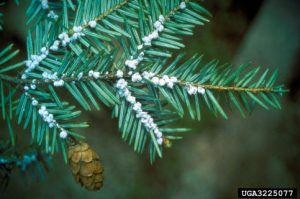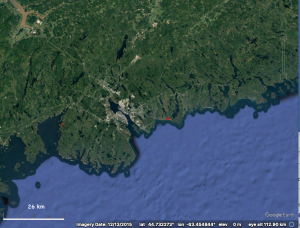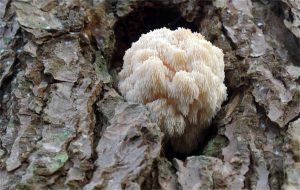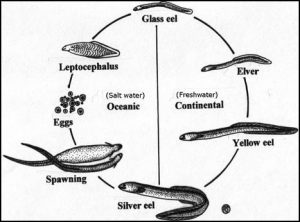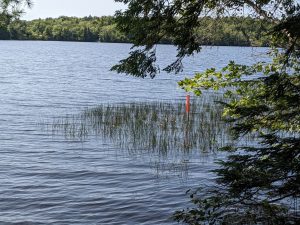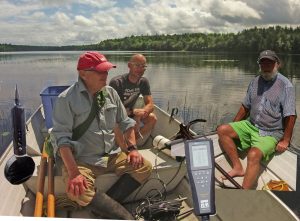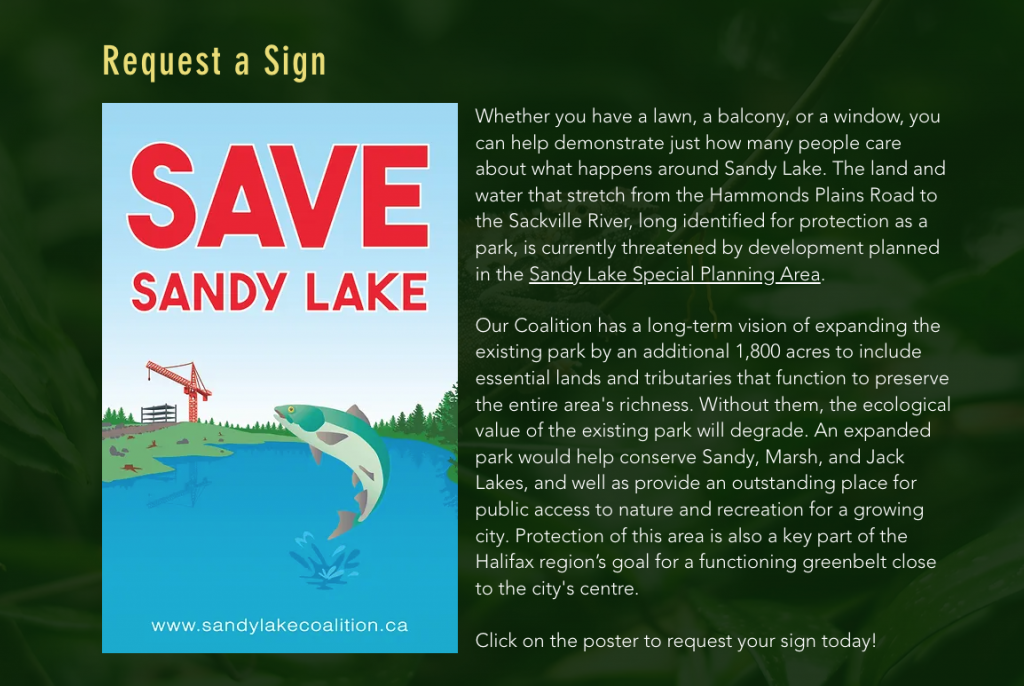Announced Mar 29, 2024 by The Dirt Gang, on their Facebook Page:
 Continue reading
Continue reading
-
Recent Posts
- Hemlock Wooly Adelgid found at Sandy Lake 20May2025
- “Community studies are complete for the Sandy Lake special planning area” – NS Gov 16May2025
- Bedford West Surface Waters exceeded phosphorus thresholds in 2024 9May2025
- The Kingswood Ratepayers Association concerned about Sandy Lake 14Apr2025
- Unusually late BGA bloom in Sandy Lake (Bedford) reported in Harmful Algal News (UNESCO) 20Feb2025
Recent Comments
Archives
- May 2025
- April 2025
- February 2025
- November 2024
- October 2024
- September 2024
- August 2024
- June 2024
- May 2024
- April 2024
- March 2024
- December 2023
- November 2023
- October 2023
- September 2023
- August 2023
- July 2023
- June 2023
- May 2023
- March 2023
- July 2022
- June 2022
- May 2022
- April 2022
- March 2022
- January 2022
- November 2021
- October 2021
- August 2021
- July 2021
- June 2021
- May 2021
- April 2021
- March 2021
- February 2021
- January 2021
- December 2020
- November 2020
- October 2020
- September 2020
- August 2020
- July 2020
- June 2020
- May 2020
- April 2020
- March 2020
- January 2020
- November 2019
- October 2019
- September 2019
- August 2019
- June 2019
- May 2019
- April 2019
- January 2019
- December 2018
- November 2018
- October 2018
- September 2018
- August 2018
- July 2018
- June 2018
- May 2018
- April 2018
- March 2018
- January 2018
- December 2017
Categories
- About this site
- Acadian forest
- Beavers
- Biophilia
- climate Warming
- Community
- Conservation
- Events
- Fish
- Halifax Green Network
- HRM Greenbelt
- In the News
- Invasive Species
- natural history
- Pests
- Recreation
- Regional Park proposal
- Regional Plan
- RP+10
- Sackvile River Watershed
- Sandy Lake
- scenery
- Talks & Walks
- Trails
- Uncategorized
- Wabanaki Forest
- Water Quality
- watershed
- web stuff
Meta


